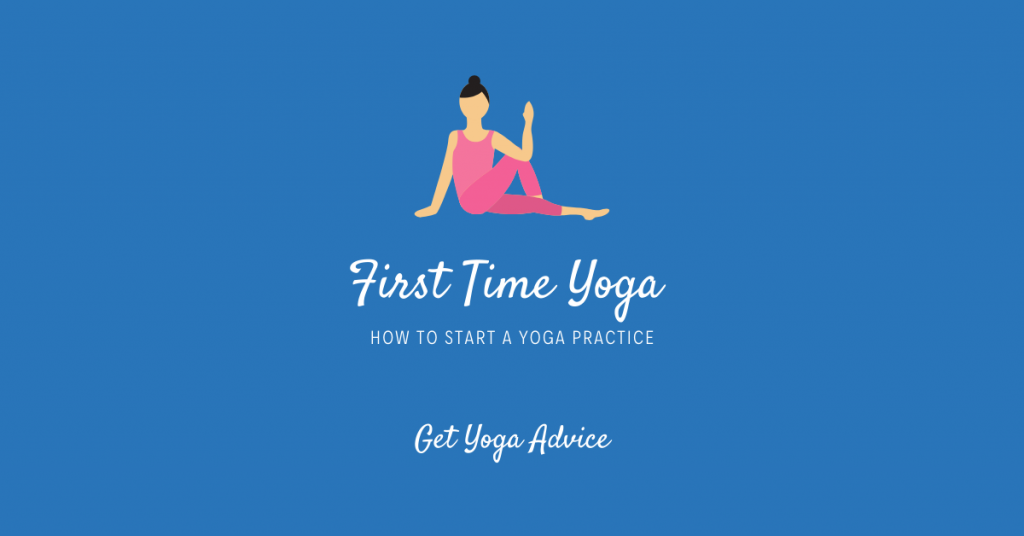There are many reasons people choose to practice yoga and first time yoga practitioners usually have many questions. This article will address several things: the benefits of yoga, different styles of yoga for beginners, what to wear, etiquette for classes, and how to begin this beneficial exercise program.
Contents
How is Yoga Different than Other Forms of Exercise?
Yoga is a low impact exercise that is easier on the joints than high impact exercise.
Yoga balances fitness regimens filled with high-intensity exercises, such as running and weight lifting and there is a form for people of all sizes. This article will address the benefits for each of these groups of people and how to get started.
To begin, let’s address the difference between low impact and high impact exercise. Yoga is a low impact exercise that is easier on the joints than high impact exercise.
A high impact exercise is one where both feet leave the ground and put pressure on the joints when the feet return to the ground. Examples of high impact exercises include running, tennis, and plyometrics (often found in Cross Fit).
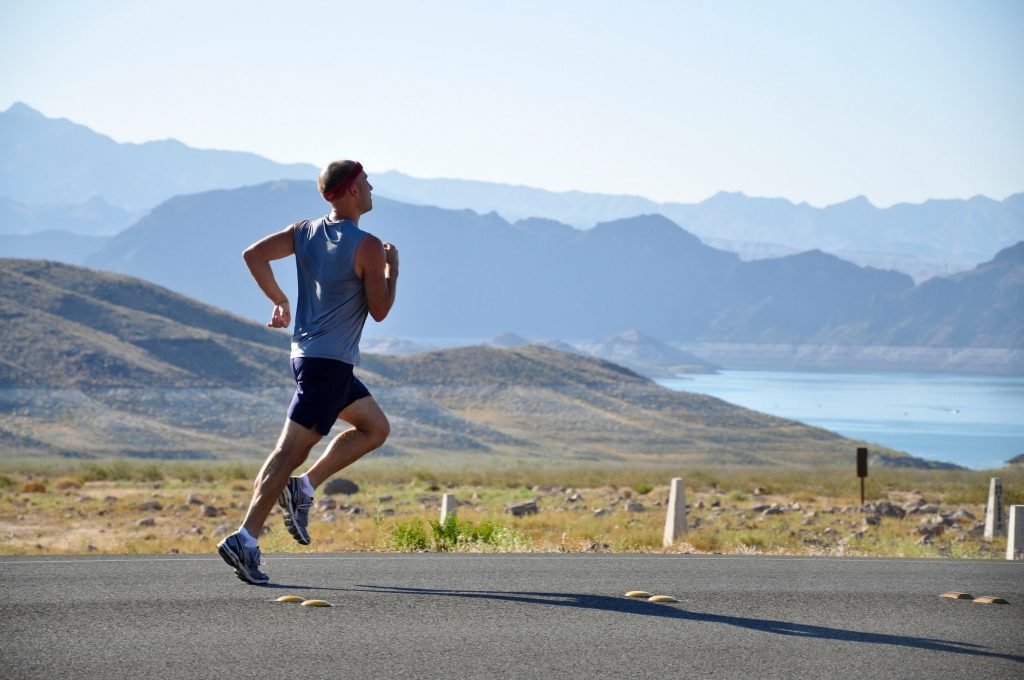
Examples of low impact exercises include swimming, cycling, and walking. Yoga is unique to these low impact exercises as it requires little cardiovascular endurance to maintain the workout, but provides essential benefits to one’s overall health that other forms of exercise cannot provide.
High impact exercise constantly produces muscle tears which take a minimum of a full day to heal. As they heal, they get stronger and develop muscle memory so they know what moves to do with better ease the next time they are presented in the exercise. These tears are partnered with lactic acid buildup which may produce a high degree of stiffness and soreness.
Drinking water, a balanced diet, and active rest are ways to alleviate the discomfort. Yoga is an excellent form of active recovery to help work out the soreness in the body.
Is Yoga Hard at First?
Everyone’s first yoga class experience is different. Yoga involves slow and focused movement from one pose to another which causes the muscles to produce heat. This heat will elevate the heart rate to provide some cardiovascular experience without putting an undue pounding on the joints.
Holding poses also lengthen muscles to create flexibility and release lactic acid buildup. Holding poses will likely feel challenging to start, but the muscles will develop memory with each session so the difficulty eases during future sessions.
The flexibility generated from repeated practice creates a better range of motion that can help when needing to carry heavy objects, use stairs, get in and out of cars, and so on. The flexibility gained in repeated yoga classes is also useful when returning to forms of sports activity so movements can be done with a lower risk of injury.
Many athletes engaged in high impact regimens may feel yoga will not be beneficial because they already include a quick series of stretches after each training session. After all, to them, any moment dedicated to fitness should make sure they are getting stronger, faster, or burning the most calories. The misunderstanding these athletes have is that our bodies only need cardio and strength training. However, they could not be more wrong in having this mindset.
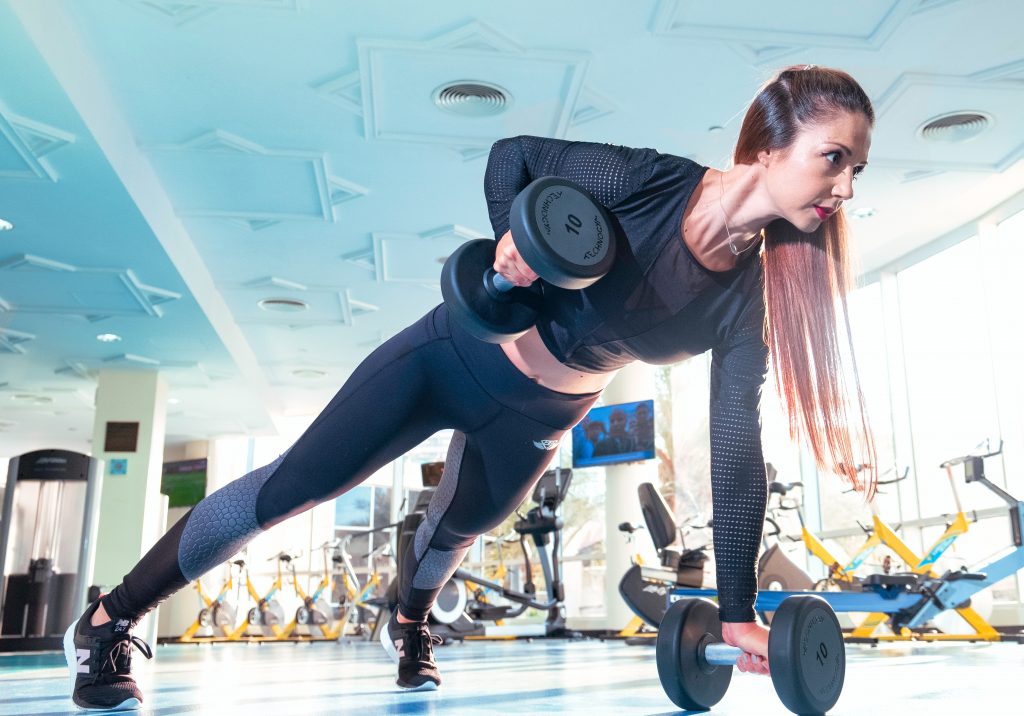
While the continued practice of their main sport may create improvement, a low impact exercise focused on flexibility and stillness will do wonders for their physical and mental health. By trying yoga, these athletes will see how the mental and muscular endurance developed during a session will greatly benefit them off their yoga mat and in their primary athletic disciplines.
Furthermore, as mentioned in our Get Yoga Advice article on mental health, we must exercise the mind so it can better connect with our bodies. The mind is one of several functioning organs within the system. Each facet of that system interacts and impacts on the others.
Unfortunately, many yoga videos, websites, and photos feature master yoga instructors whose bodies could easily double as muscular fitness models. This can make many believe yoga is only for “skinny people”. While weight loss will likely occur the more one practices in a yoga studio or with home-based yoga, one does not need to be their definition of thin to get started.
Practicing Yoga for the First Time
Journeys of starting yoga begin with knowing some of the different styles. There are many forms of yoga available which suit students of all fitness levels. It will be important to understand the differences between each before class.
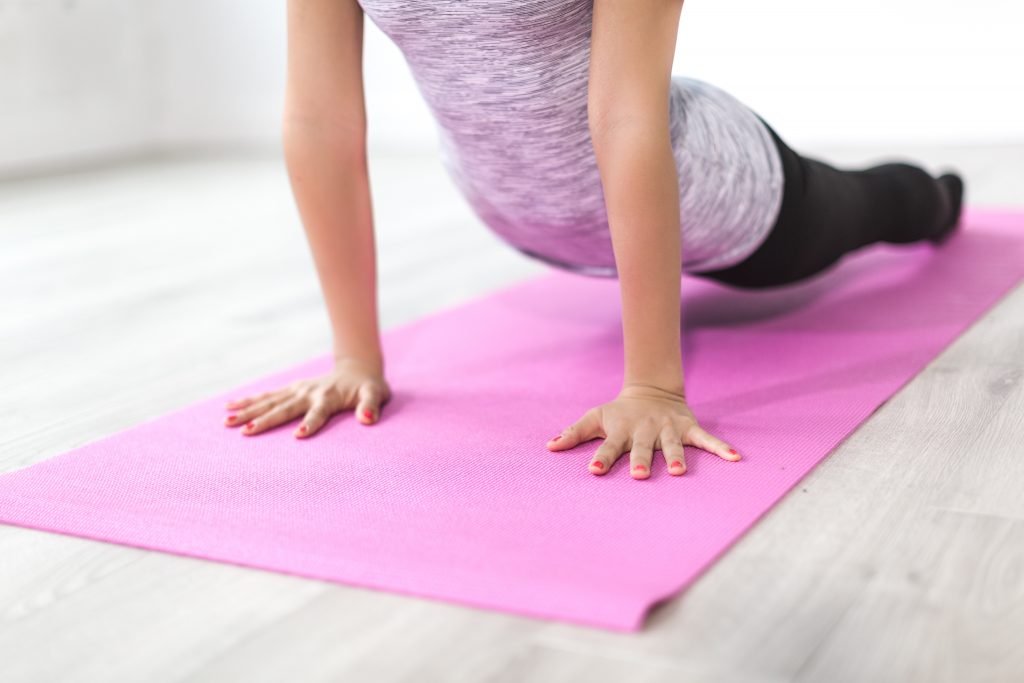
Seated or restorative classes are done while on the floor with or without props like a folded rug, a yoga block, or a chair. Search online for a yoga class in your area so you may try this style and know if it is a good fit for you. Be patient as you begin, one never loves a workout the first time they do it!
Hatha yoga features a series of static poses that gently warm the body up as the class progresses. There are always modifications for each pose to help the individual do as their body will allow. Over time, the poses will get easier as muscle memory develops.
Ashtanga vinyasa flow yoga features a dynamic flow sequence frequently throughout the class. Beginners should always know that there are options for how he or she chooses to flow, which may include:
- Dropping the knees to the mat to take the pressure off the upper body
- A child’s pose instead of a downward-facing dog
- Eliminating a vinyasa flow sequence if the body does not feel capable to execute it safely
For more information about these and other popular styles, Gaiam, does a wonderful job going into detail on their website.
By now there likely are many things going through your mind. Which style is best for you and how often do you need to practice for yoga to be successful?
We addressed yoga for beginners before in our article about how often to do yoga plus what benefits to expect. To start, commit to doing one class a week, even if it is just for ten minutes at a time. Work your way up to a thirty-minute class, then a sixty-minute class, and so on.
What Should I Wear for the First Time I Practice Yoga?
It is best to wear close-fitting clothing to ensure excess fabric from loose-fitting garments does not impede any movement. Shoes are to never be worn in the yoga studio nor should cell phones ever be taken in. Socks should not be worn during class as you need to have your feet adhere to your mat for a better grip. You may take your socks off once on your mat and put them next to you.
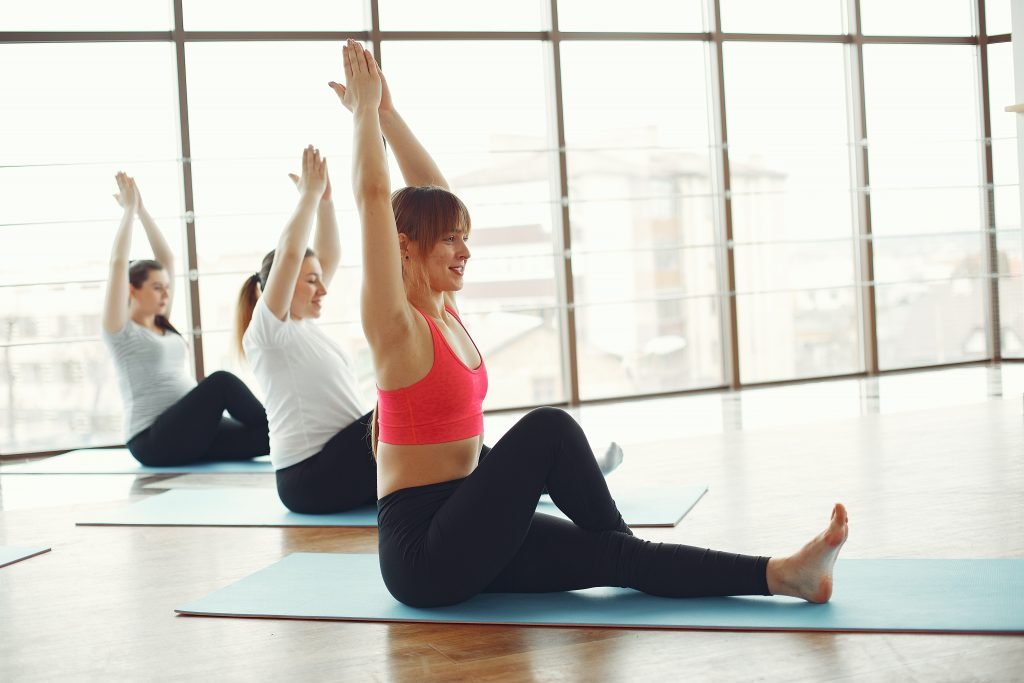
The studio is a peaceful, clean, and sacred place. Shoes and phones will bring in disruptive dirt and distraction. Mats are usually available for students to rent if you do not have your own. Be sure to bring a water bottle but only take a water break when instructed by the teacher so as not to cause undue distraction.
What Should I Expect from My First Yoga Class?
If you choose to practice at a studio it is important to know the rights reserved by the studio before attending. These usually include never walking into a class once it is in session nor leaving class early.
If you feel you can only stay for less than the designated scheduled time, discuss your concerns with your teacher beforehand. That way he or she is aware and can offer solutions prior to the session so you can finish without interruption.
If attending a class feels too intimidating, you may wish to discuss private lessons with a teacher. Alternatively you can do any of the yoga videos available online by a certified yoga teacher.
Whether you are an experienced athlete or working out is new for you, start your yoga practice with patience and zero expectations of your performance. There is no race to the podium in yoga.
You may wish to rush through poses as you start. If you feel this way ask yourself why you want to rush through them. Should boredom becomes an issue, let that be a cue to silence your mind. If you are in any discomfort, let that be a cue to take the pose as medicine. Keeping patience at the forefront of each practice will be key to your yoga success.

